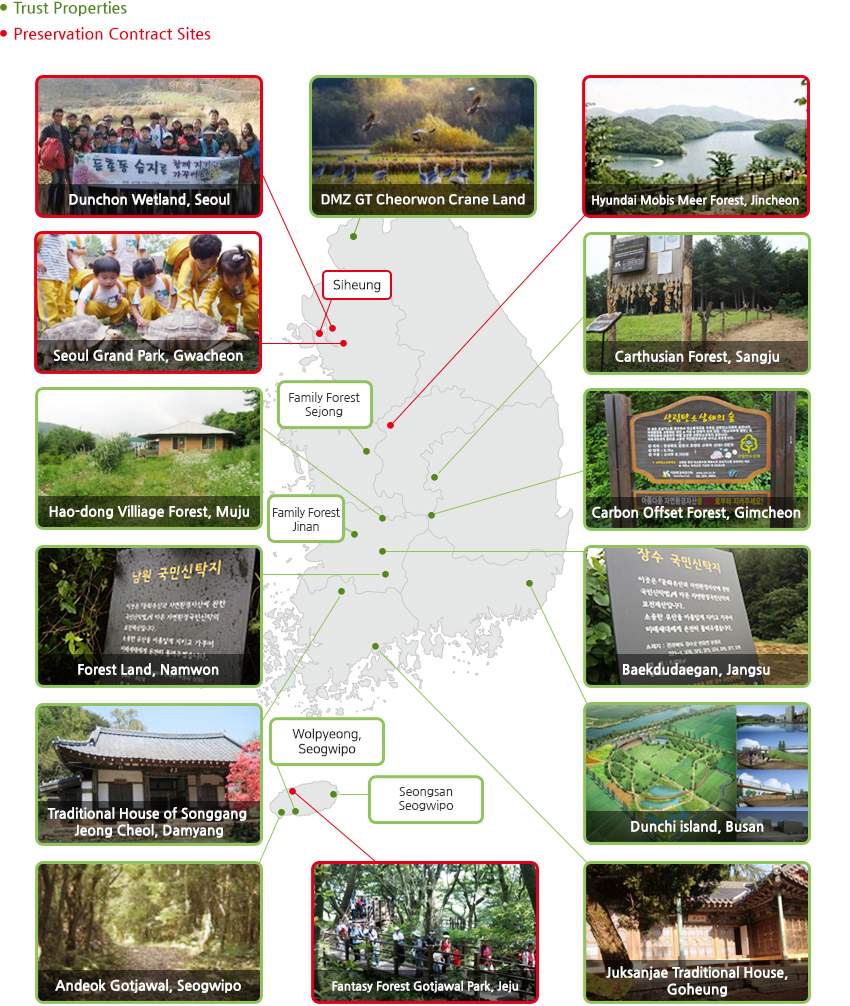About NNT
INTRODUCTION
Korean government enacted the National Trust Act, March 2006, taking after the English statutory law, that is, the National Trust Act of 1907 UK, with assistance of several environmental NGOs, and such Act of 2006 come into force and established a new public corporation, that is, National Nature Trust, March 2007 under the supervise of the Minister of Environment unlike the U.K. system. The traditional legal system of Korea had already accepted the public trust doctrine like the U.S.A. under the customary laws. But such traditional trust system, we call it “Dong-Gye”(village treaty), had been operated individually at the regional base of many small areas for the purpose of gathering and use of natural resources and did not know business-friendly management, market-based eco-tourism, and nation-wide networking among trust properties.MISSION
National Nature Trust in Korea established under the National Trust Act of 2006 has three missions. First, the Trust is going to make new public lands and community properties with national interest. Second, the Trust should stop missing properties or restore disappeared properties. The Act of 2006 provides that any real estate or cultural heritage for conservation under the National Trust should not be sold out. Third, the Trust will make a nation-wide network among several public land or properties. Local trusts by NGOs under the Civil Law Code, of course, might be harmonized with the national trust system under the National Trust Act of 2006. The cultural heritage can not be isolated from natural environments. The Act of 2006 prescribes that cultural heritage and natural environments should be preserved together.FEATURES
-
01FOR THE FUTURE GENERATION
In the ancient Indian philosophy, people defined a natural environmental property, as a “Property” from the future generation not as a “legacy” from their ancestor. Our generation have a duty to preserve well and return the natural environmental property, back to the future generations. In that way we want to step up. -
02NEW PARADIGM OF CIVIL AND SOCIAL MOVEMENT
National Trust is ‘private voluntary preserving ㆍ managing activity’, and so it succeeds to a traditional civil movement spirit. Furthermore it tries a compromise between traditional civil movement and social movement in the fact that it can get a little expenses spent preserving and managing those properties from nation or local government. National Trust accepts individuals, companies and governments as a joint subject, and opens the new age of social movement history. -
03LEGAL OPPOSING POWER
National Trust Law has a legal opposing power against development. Natural environmental properties from ‘Gongyuhwa’ movement such as the existing ‘buying a pyong of earth’ movement etc, can be lost by various special law which pursuits development. But the properties trusted to National Trust with nation’s name for the future generations, can’t be sold forever. Now the National Trust has a legal opposing power, and can stop losing the property.
7 PROGRAMS
-
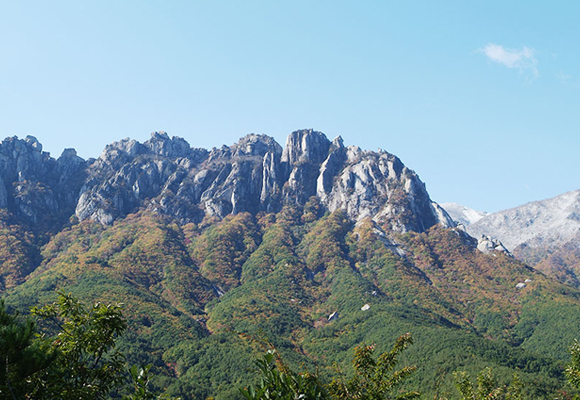 ① GREAT MOUNTAINS OF BAEKDU (BAEKDUDAEGAN)
① GREAT MOUNTAINS OF BAEKDU (BAEKDUDAEGAN)
-
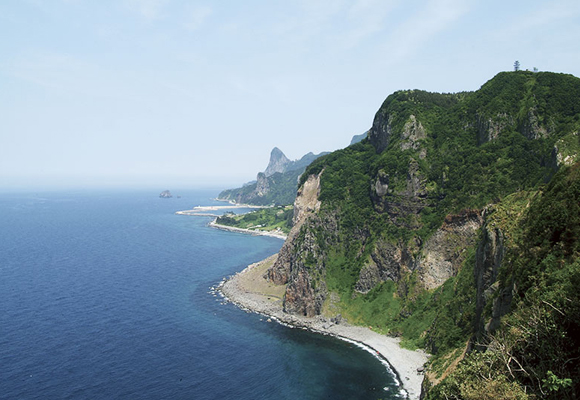 ② COASTAL LINE
② COASTAL LINE
-
 ③ DEMILITARIZED ZONE (DMZ)
③ DEMILITARIZED ZONE (DMZ)
-
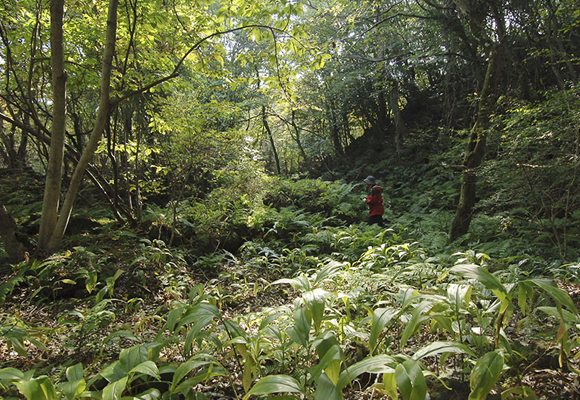 ④ JEJU GOTJAWAL (FOREST AFTER VOLCANO)
④ JEJU GOTJAWAL (FOREST AFTER VOLCANO)
-
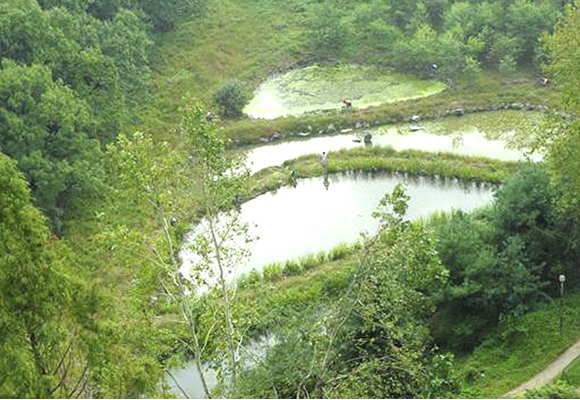 ⑤ RIVERSIDE & WETLAND
⑤ RIVERSIDE & WETLAND
-
 ⑥ GREENBELT & MOUNTAINS FOR WORSHIP
⑥ GREENBELT & MOUNTAINS FOR WORSHIP
-
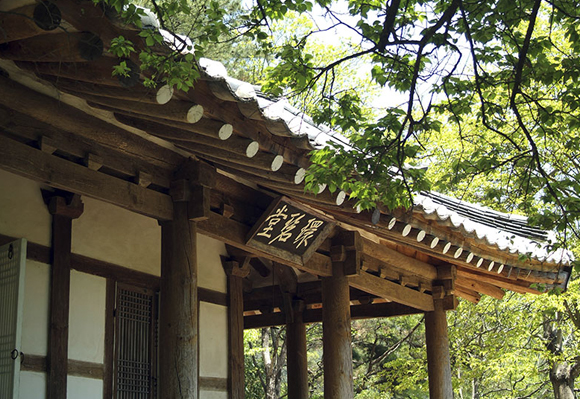 ⑤ TRADITIONAL VILLAGE
⑤ TRADITIONAL VILLAGE
MAP OF TRUST SITES
